
Rudawa
Elaboration author
Emilia Karpacz
Monuments
Parishes
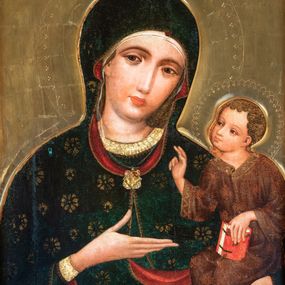
Picture
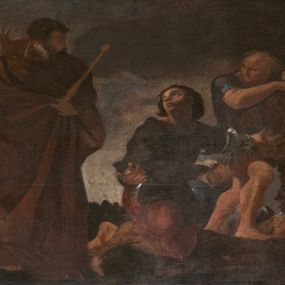
Picture
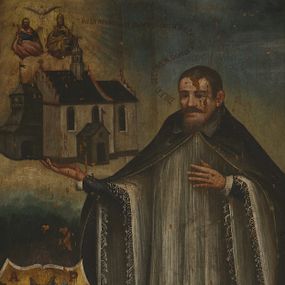
Picture
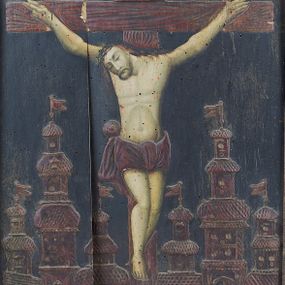
Picture
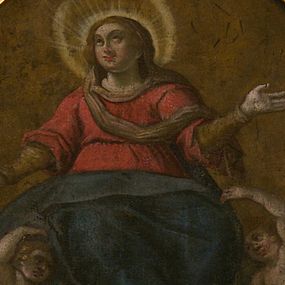
Picture
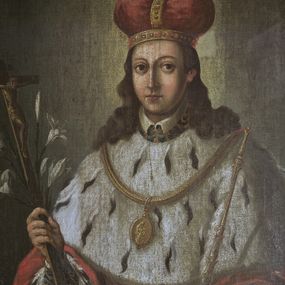
Picture
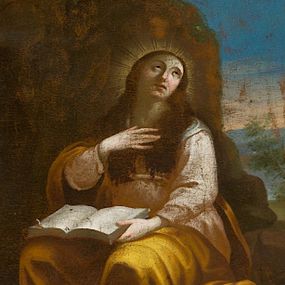
Picture
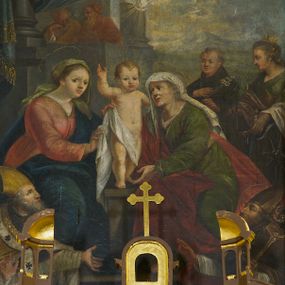
Picture
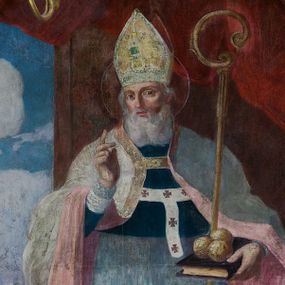
Picture
History abstract
The village has early medieval origins, and the parish of All Saints in Rudawa may have existed already in the 11th century. According to Jan Długosz, the knight Jan-Gniewomir gave the village to the Cracow Cathedral Chapter in 1185. The so-called "Cracovian calendar", prepared around 1257, included an obituary of this Jan, copied from an older manuscript. The parish was first mentioned in the records of the Peter's pence and tithe for the years 1325–1327, but the oldest parts of the walls in the chancel of the church in Rudawa date back to the second half of the 13th century. In 1436, Władysław III issued a privilege of German law for Rudawa, which was probably only a confirmation of an earlier act. In 1464, Casimir Jagiello issued a document confirming confirmed the foundation under German law of Rudawa and 31 other villages belonging to the Chapter. The village was populous and prosperous, and the patronage of the Chapter was conducive to its development. A parish school operated in Rudawa since the Middle Ages. Life was concentrated around the church, manor house and canonical manor farm. In the first half of the 16th century, there was already a brewery and a mill operating in the village. In 1655, Rudawa was affected by the consequences of the Swedish Deluge. According to 19th-century accounts based on unknown sources, some church documents were stolen or burnt. Particularly intensive development of the village happened in the 19th century. In 1818, the authorities of the Republic of Cracow established a folk school in the village. In the years 1844–1846, the Cracow-Katowice railway line with the station in Rudawa was built. The village started to attract holidaymakers and new residents who inspired moral and cultural changes. At the end of the 19th and beginning of the 20th century, thanks to the initiatives of the parish priest Władysław Łobczowski, institutions facilitating and organising the life of the residents – a shop, a farming club, savings banks – were established in the village. During World War II, German military installations were built in Rudawa, named B-1 Stützpunkt Rudawa, which included a field airport and a huge complex of bunkers. In 1951, a religious house of the Congregation of the Servant Sisters of the Blessed Virgin Mary was established in the village. In the 1980s, the sisters opened a shelter for orphans, which was later transformed into a kindergarten. In 1963, Karol Wojtyła, then the auxiliary bishop of Cracow, visited the village as part of a parish visitation.
How to cite?
Emilia Karpacz, "Rudawa", [in:] "The Sacred Lesser Poland Heritage", 2026, source: https://sdm.upjp2.edu.pl/en/places/rudawa-1